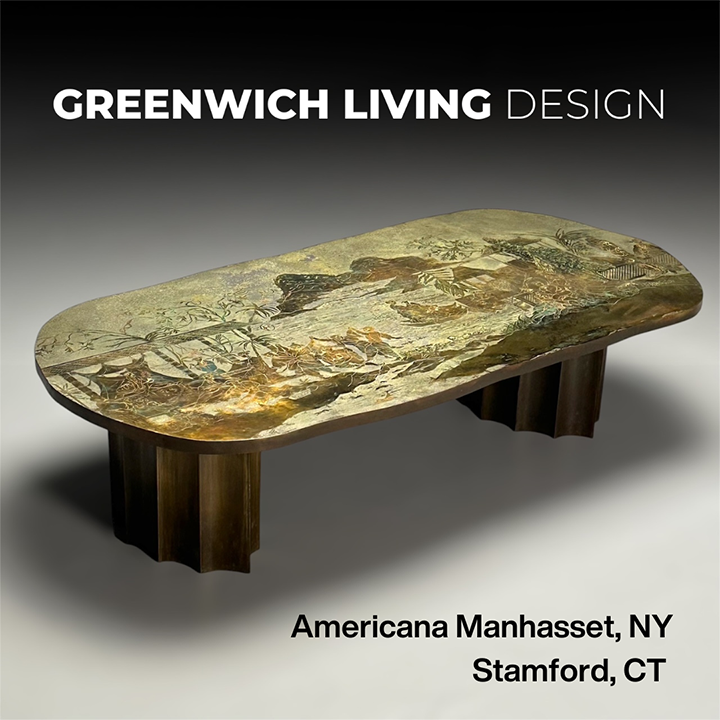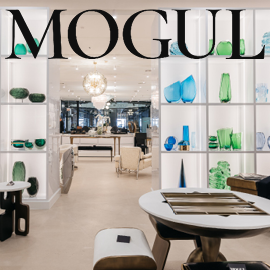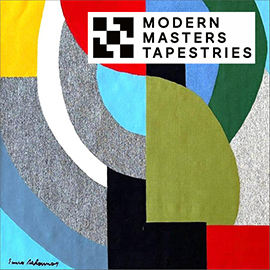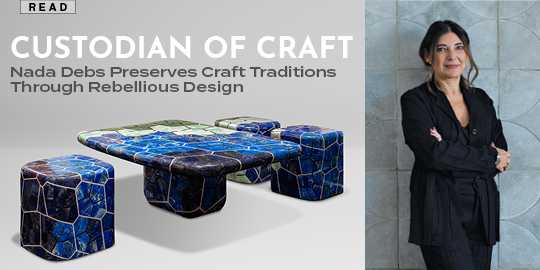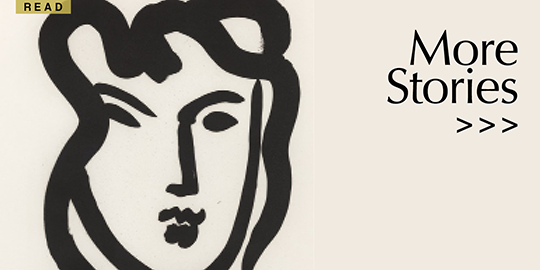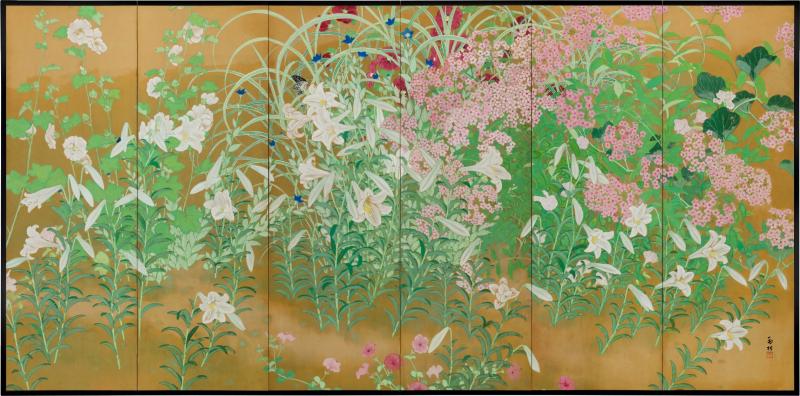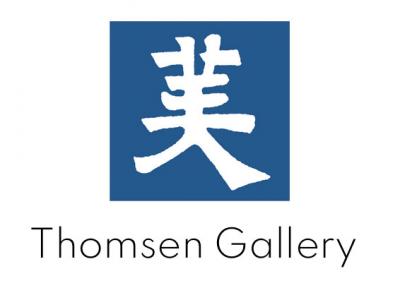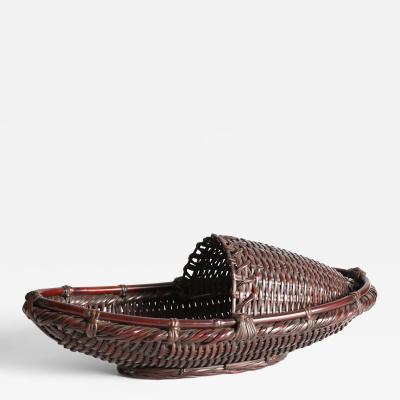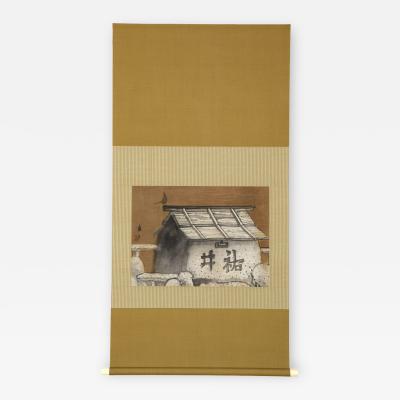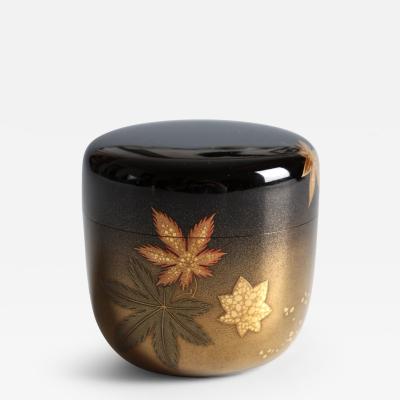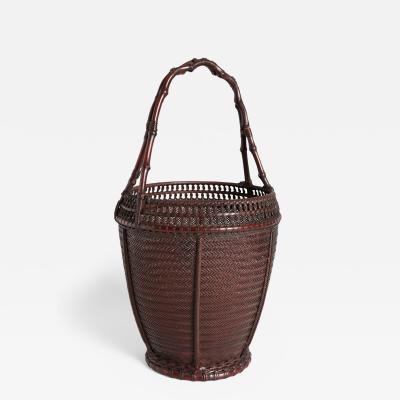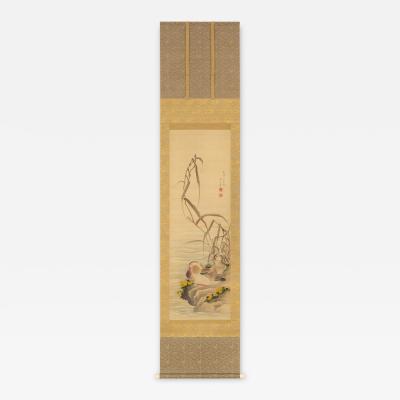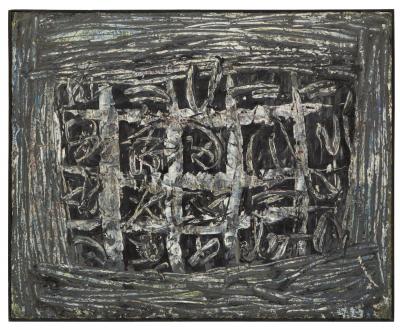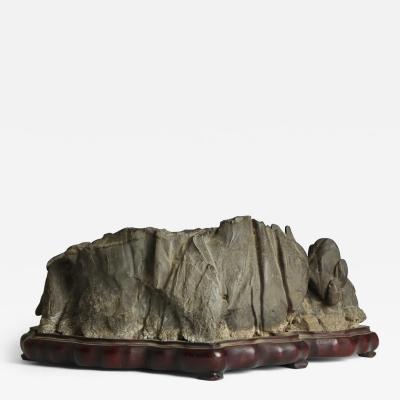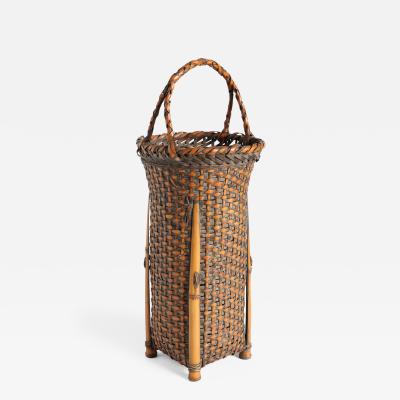Listings / Fine Art / Paintings / Still Life
Summer Flowers, 1890s
-
Description
Okura Uson
Summer Flowers, 1890s
Six-panel folding screen; ink, mineral pigments, shell powder and gold wash on silk
Size 53½ x 108 in. (136 x 274.5 cm)
T-4803
Against a background of gold-washed silk—a painting support only just coming into widespread use at this moment in the history of Japanese art—Ōkura Uson presents us with an exuberant, multicolored profusion of summer flowers on one folding screen contrasted on the other with a deep mid-winter view of bamboo plants weighed down by wet, heavy snow. To depict the snow, Ōkura makes liberal use of a thick impasto made from gofun, a mixture of baked and crushed oyster shells and animal glue, along with blue and green mineral pigments, staples of painting in the Nihonga (neo-nativist) style that was emerging as a distinct artistic mode around the time this masterpiece was executed; lighter, translucent drops of gofun, likely flicked on from the painter’s brush, suggest the ongoing blizzard. A single sparrow at far left animates the scene, offering a hint of warmer days to come. Dominated by hydrangeas, gentians, and varieties of mallow and lily, the summer screen is almost an object-lesson in the wide range of pigments that were starting to become widely available to Nihonga artists in the middle years of the Meiji era, and Ōkura here pioneers their use to maximum effect. A solitary butterfly, on the fourth panel from the right, echoes the sparrow on the winter screen. Ōkura painted these Nihonga works in a style that was twenty years ahead of what we see in the Taisho era (1912-26).
Ōkura Uson was a native of Echigo Province (present-day Niigata Prefecture) and traveled early in his life to distant Nagasaki in Kyushu (Japan’s south-westernmost main island), a port city that hosted Chinese traders throughout the Edo period (1615–1868), an exception to Japan’s prevailing policy of national isolation. There he studied with Tetsuō Somon 鉄翁祖門 (1791–1872), a prominent practitioner of Nanga, a style of painting based on real or imagined Chinese literati precedents.
In 1872 (the year of Tetsuō Somon’s death), aged around 27, Ōkura entered Japan’s fledgling diplomatic service and moved to Shanghai, where he worked in the Japanese consulate for 15 years and by 1878 was important enough to take responsibility for the Japanese Government’s first purchase of real estate in the city, an area of 5 mou (about 4,000 square yards). Alongside his official duties (carried out using his personal name Kingo 謹吾rather than his art name Uson 雨村), Ōkura studied Chinese painting, with the implication that this may have been his primary motive in taking an official post in Shanghai, at a period when relations between Japan’s imperial government and China were still relatively cordial. On his return to his native land around 1887, Okura had achieved a high enough standard to start teaching painting, his best-known pupil being Count Sō Shigemochi 宗重望 (1867–1923), hereditary lord of the island of Tsushima, who organized the Tsushima Volunteer Corps during the Sino-Japanese War and was later elected as a member of the House of Peers. A keen Nanga painter, Sō served as President of the Tokyo Nanga Association.
In 1895, Ōkura’s name appeared in a list of prominent living artists alongside such eminent artist names as Hashimoto Gahō 橋本雅邦, Kano Tanbi狩野探美, Satake Eiko佐竹永湖, and Araki Kanpo 荒木寛畝, suggesting that he enjoyed a high level of critical esteem. In 1899 he passed at the early age of 55; later listings of deceased artists indicate his continuing posthumous status. -
More Information
Documentation: Signed Period: 19th Century Creation Date: 1890's Styles / Movements: Asian Art Incollect Reference #: 776096 -
Dimensions
W. 108 in; H. 53.5 in; W. 274.32 cm; H. 135.89 cm;
Message from Seller:
Thomsen Gallery, located at 9 East 63rd Street in New York City, specializes in important Japanese paintings, screens, scrolls, ceramics, ikebana bamboo baskets, and lacquer objects, as well as contemporary works by select artists. Owned by Erik and Cornelia Thomsen, the gallery offers a wealth of expertise in Japanese art, with global clientele including collectors and museums. Reach them at 212-288-2588 or info@thomsengallery.com




